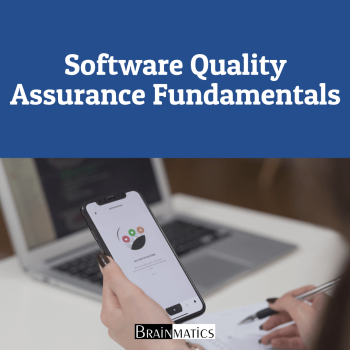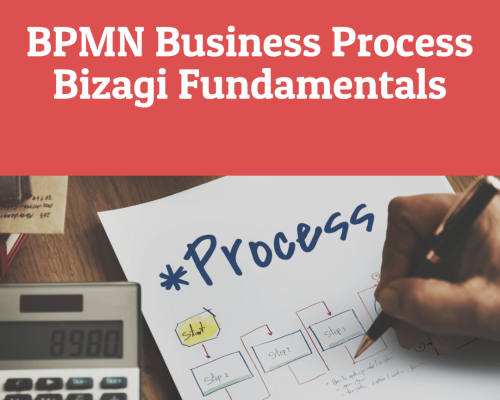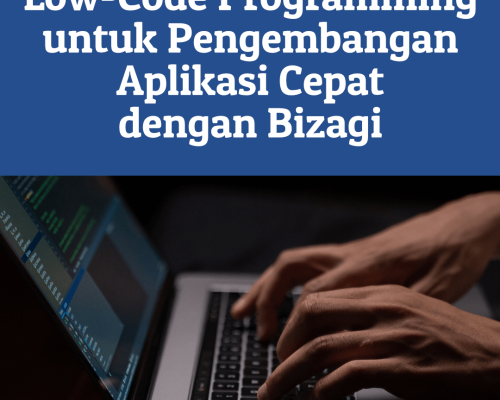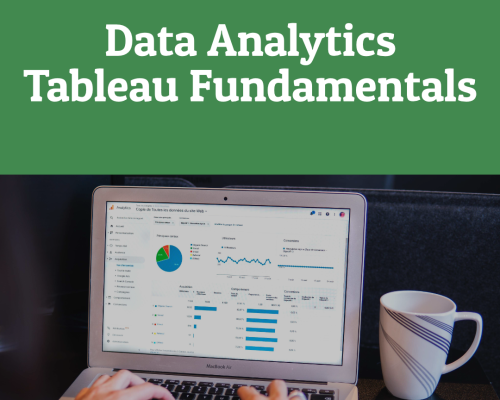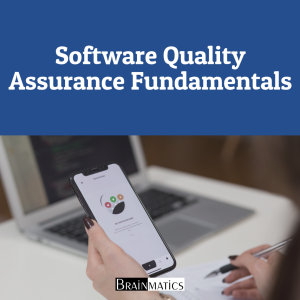 Konsep dan praktik menjaga kualitas sebuah software. Dimulai dari memahami 4 dimensi dari Quality (Specificaion, Design, Construction dan Conformance), memastikan proses quality berjalan dan diakhiri dengan validasi software.
Konsep dan praktik menjaga kualitas sebuah software. Dimulai dari memahami 4 dimensi dari Quality (Specificaion, Design, Construction dan Conformance), memastikan proses quality berjalan dan diakhiri dengan validasi software.
AUDIENCE
- Software Engineer
- Software Testers
- Developers
- Test Consultants
- Test Managers
- User Acceptance Testers
PREREQUISITES
Tidak ada training khusus yang dipersyaratkan
CONTENT
1. Agile vs. Traditional Approaches
1.1. Traditional Process Models
1.2. Comparing Process Models
2. Planning an Agile Project
2.1. Product Vision
2.2. Architecture Vision
2.3. Product Backlog
2.4. Story Map
2.5. Sprint Backlog
2.6. Team Charter
2.7. Test Planning and Test Management
2.8. Introducing Agile Planning
3. Unit Testing and Test First
3.1. Unit Testing
3.2. Test First
3.3. Unit Testing Frameworks
3.4. Stubs, Mocks and Dummies
3.5. Unit Test Management
4. Integration Testing and Continuous Integration
4.1. Integration Testing
4.2. The Role Played by System Architecture
4.3. Integration Levels
4.4. Traditional Integration Strategies
4.5. Continuous Integration
4.6. Integration Test Management
5. System Testing and Testing Nonstop
5.1. System Testing
5.2. The System Testing Environment
5.3. Manual System Testing
5.4. Automated System Testing
5.5. Using Test First for System Testing
5.6. Non-functional Testing
5.7. Automated Acceptance Testing
5.8. The Release Sprint and Deployment
5.9. System Test Management
6. Quality Management and Quality Assurance
6.1. Traditional Quality Management
6.2. Agile Quality Management
6.3. Dealing with Compliance Requirements
6.4. Traditional Quality Assurance
6.5. Agile Quality Assurance
6.6. Agile Testing
Course Features
- Lectures 26
- Quizzes 2
- Duration 32 hours
- Skill level All levels
- Language English
- Students 6
- Certificate Yes
- Assessments Yes
- Persiapan
- 1. Overview Software Quality Assurance
- 2. Penjelasan Jenis Pengujian
- 3. Praktek Pengujian
- 4. Pelaporan
- Penutupan

